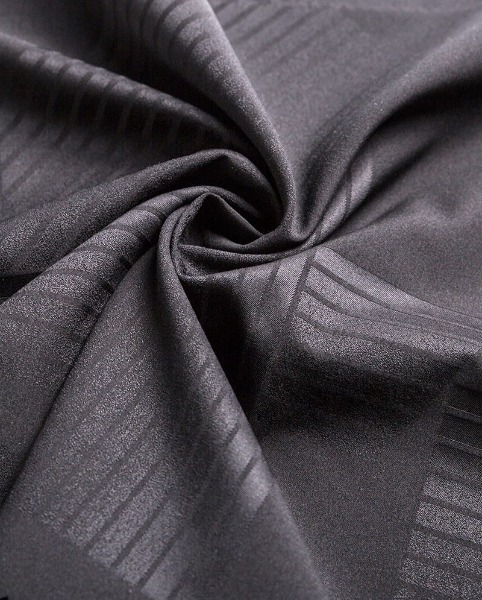What role does the warp and weft play in the overall structure of a woven fabric?
When you think of woven fabric, what comes to mind? Perhaps a cozy blanket, a stylish shirt, or a sturdy pair of jeans? But behind the scenes of these everyday items lies a fascinating interplay of threads known as warp and weft. These two components are not just the building blocks of fabric; they are the very essence that determines the fabric's strength, texture, and overall aesthetic.
Let's start with the warp. Imagine the warp as the strong backbone of the fabric; it consists of long threads that run vertically on the loom. These threads are tightly stretched and set in place before weaving begins. The warp threads are usually made from stronger fibers because they endure the tension during the weaving process.
In terms of structure, the warp threads define the width of the fabric, and their density can significantly influence the fabric's durability. For instance, in denim production, the warp threads are often thicker and more robust, which contributes to the fabric's renowned sturdiness. Additionally, the arrangement of warp threads can affect the fabric's drape and feel. Fabrics with a tighter warp will generally be less flexible, while those with a looser warp can be more flowing.
Now, let’s talk about the weft. The weft threads are the horizontal counterparts to the warp, woven in and out of the warp threads to create fabric. This delicate dance of weaving is where the magic happens, as the weft adds texture, color, and flexibility to the fabric.

The weft can be made from various fibers and can be manipulated in numerous ways to create different patterns and finishes. For example, in a twill weave, the weft is threaded over and under the warp threads in a particular sequence, resulting in a diagonal pattern that enhances both the aesthetic and structural integrity of the fabric. The choice of weft fiber can also affect the fabric's weight and feel, which is why cotton is often chosen for lighter fabrics while wool or polyester may be used for heavier applications.
While warp and weft may serve distinct roles, their relationship is what truly defines the character of the fabric. The interplay between these two types of threads influences not only the fabric's strength and durability but also its visual appeal and functionality.
For instance, a fabric that has a high warp density but a low weft density may be very sturdy but lack flexibility, making it less comfortable for clothing. Conversely, a fabric with a loose warp and tight weft may drape beautifully but could compromise on strength. The balance between warp and weft is crucial, and skilled weavers understand how to manipulate these elements to create the desired outcome.
Warp and weft are not just technical terms in the world of textiles; they are the very threads that weave together the story of fabric creation. Understanding their roles helps us appreciate the intricacies of fabric design and the craftsmanship behind our favorite garments. So, the next time you wrap yourself in a cozy blanket or slip into your favorite shirt, remember the remarkable interplay of warp and weft working tirelessly to bring that fabric to life. Embrace the art of weaving, for it is truly a harmonious blend of strength and beauty!

 English
English 中文简体
中文简体









